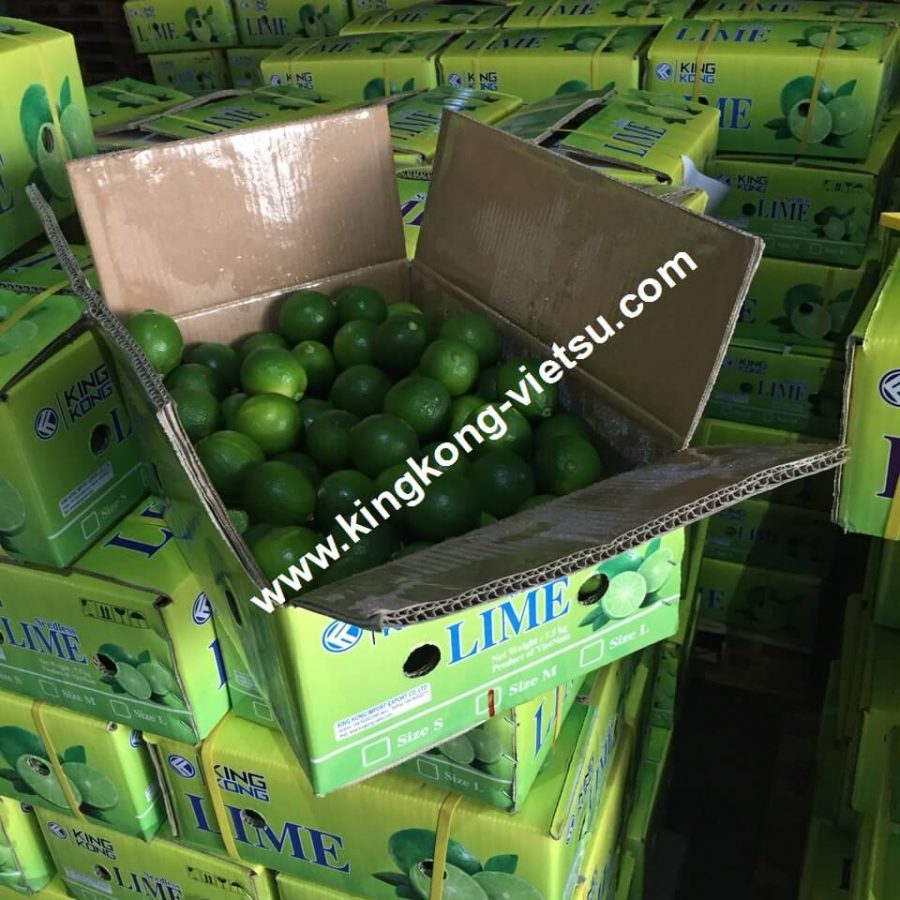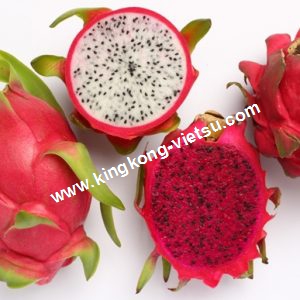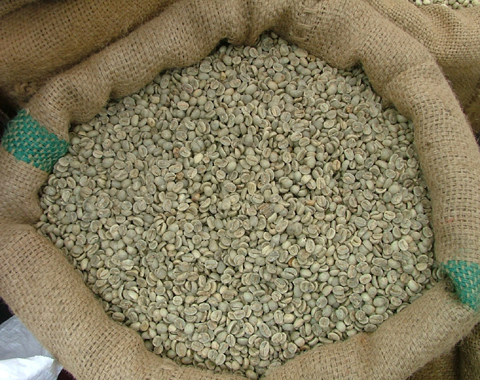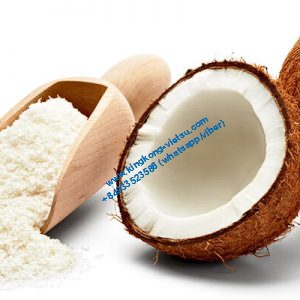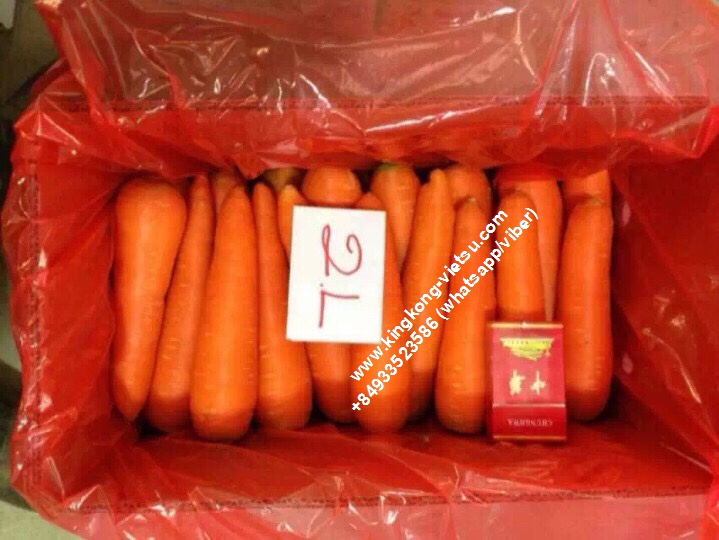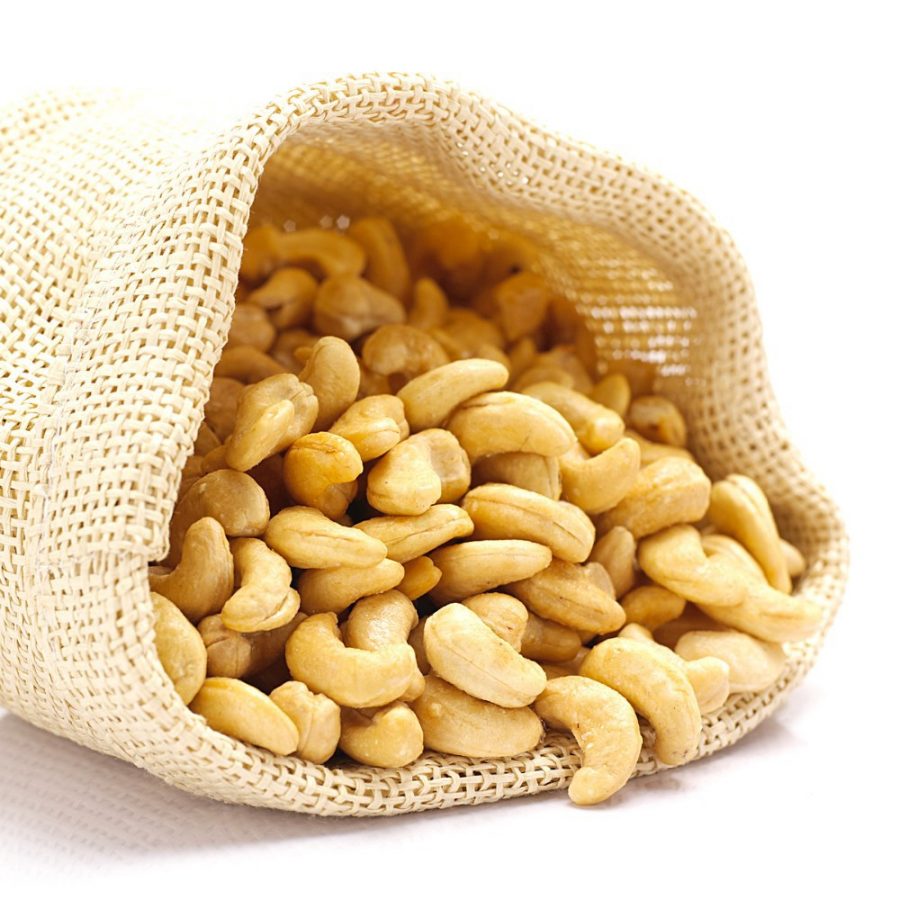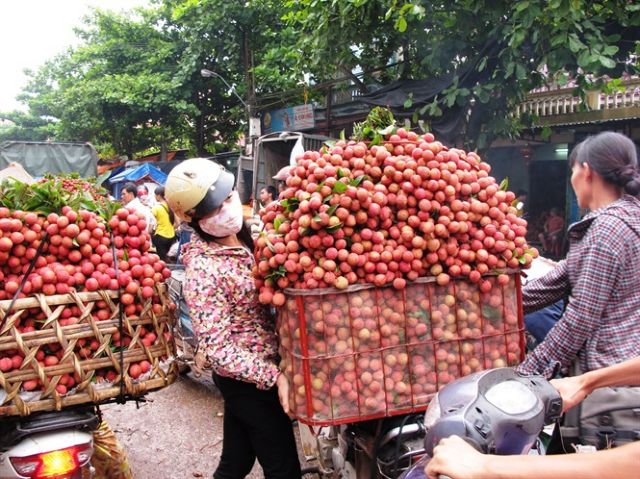
Việt Nam has become the second largest exporter of lychees, accounting for 19 per cent of the global market share.
Việt Nam has become the second largest exporter of lychees in the world, accounting for 19 per cent of the global market share, according to the International Society for Horticultural Science (ISHS).
The world’s largest exporter was Madagascar, accounting for 35 per cent of the global exports despite a low area of plantations, said Sisir Kumar Mitra, an ISHS representative at the sixth international conference on longan and lychee in Hà Nội late last week.
Following was China with 18 per cent, Thailand with 10 per cent and South Africa with 9 per cent.
According to consumers and companies on the global market, the quality of Việt Nam’s lychees was much better than similar products from India and China, he said.
The ISHS representative said in terms of output, China ranked first with 2 million tonnes per year, followed by India with 677,000 tonnes and Việt Nam with 380,000 tonnes.
Despite having the second largest area of lychee plantations in the world after China, over 99 per cent of India’s lychees are consumed domestically.
Nguyễn Quốc Hùng, head of the Fruit and Vegetable Research Institute, said Việt Nam had a smaller output of lychees against China and India but because of the harvest season and difference in seed quality, Việt Nam had seen strong growth in lychee exports.
Deputy Director of the Bắc Giang Department of Agriculture and Rural Development Nguyễn Viết Toàn said Bắc Giang Province had over 28,500 hectares of lychees trees, including more than 14,000 hectares produced under VietGAP and GlobalGap standards. The province’s output was estimated to reach 150,000 tonnes of lychees this year.
Besides domestic markets, Lục Ngạn lychees from Bắc Giang are available in many countries, including China, the US, Japan, the Republic of Korea, Australia and the UK.
Vietnamese lychees have brand protection in China, the US, Japan, the Republic of Korea, Australia, Singapore, Laos and Cambodia.
Việt Nam has had 18 lychee growing regions receiving plantation region codes from the US Department of Agriculture while 36 other regions have reached export standards to ship to China this year.
Over the years, many scientific and technological advances have been applied in the production of longan and lychees. However, processed fruit account for only 10 per cent of total consumption volume.
“Fresh products will always face strict requirements on quality, traceability and quarantine of import markets,” Hùng said.
For instance, China had tightened quarantine, labelling and traceability regulations for Vietnamese fruit. Việt Nam’s businesses must update and strictly implement those requirements to enter the neighbouring market, he said.
“Processed products do not face the same quarantine requirements, but businesses need more investment to increase quality and marketing activities,” Hùng said.
Nguyễn Văn Phong, an expert from the Southern Fruit Institute, said the number of small-scale farmers growing rambutan, longan and lychees accounted for 70 per cent of domestic production, but they had suffered huge losses due to poor management and traders.
The loss rate was up to 25-30 per cent of output. This percentage decreased slightly to 11-35 per cent for farmers that were part of co-operatives with large production scale.
Besides that, the lack of post-harvest technology remained an issue.
Source: http://vietnamnews.vn/economy/521137/viet-nam-becomes-second-largest-exporter-of-lychees.html#AXlrS8g94U6X1StC.99




